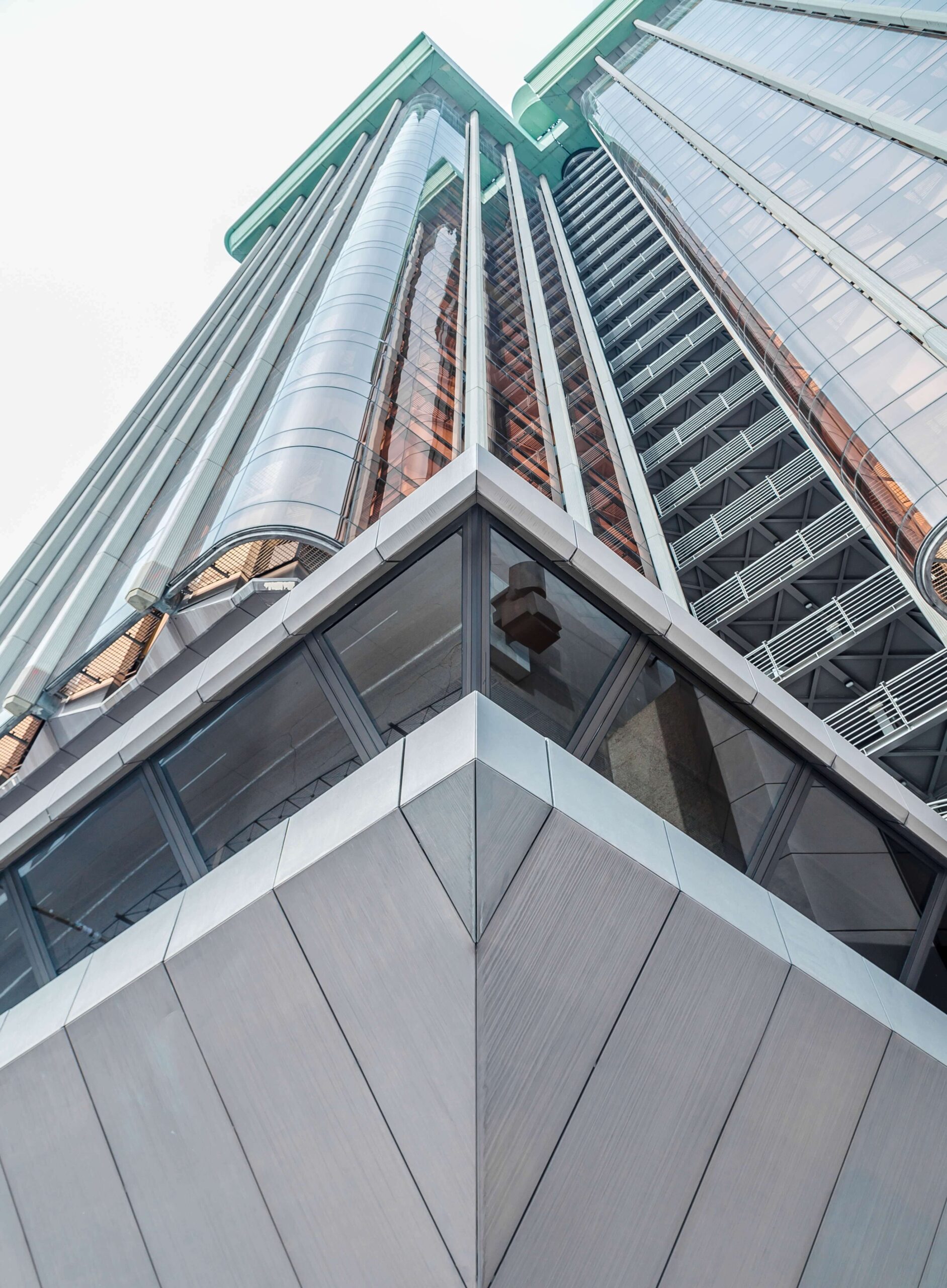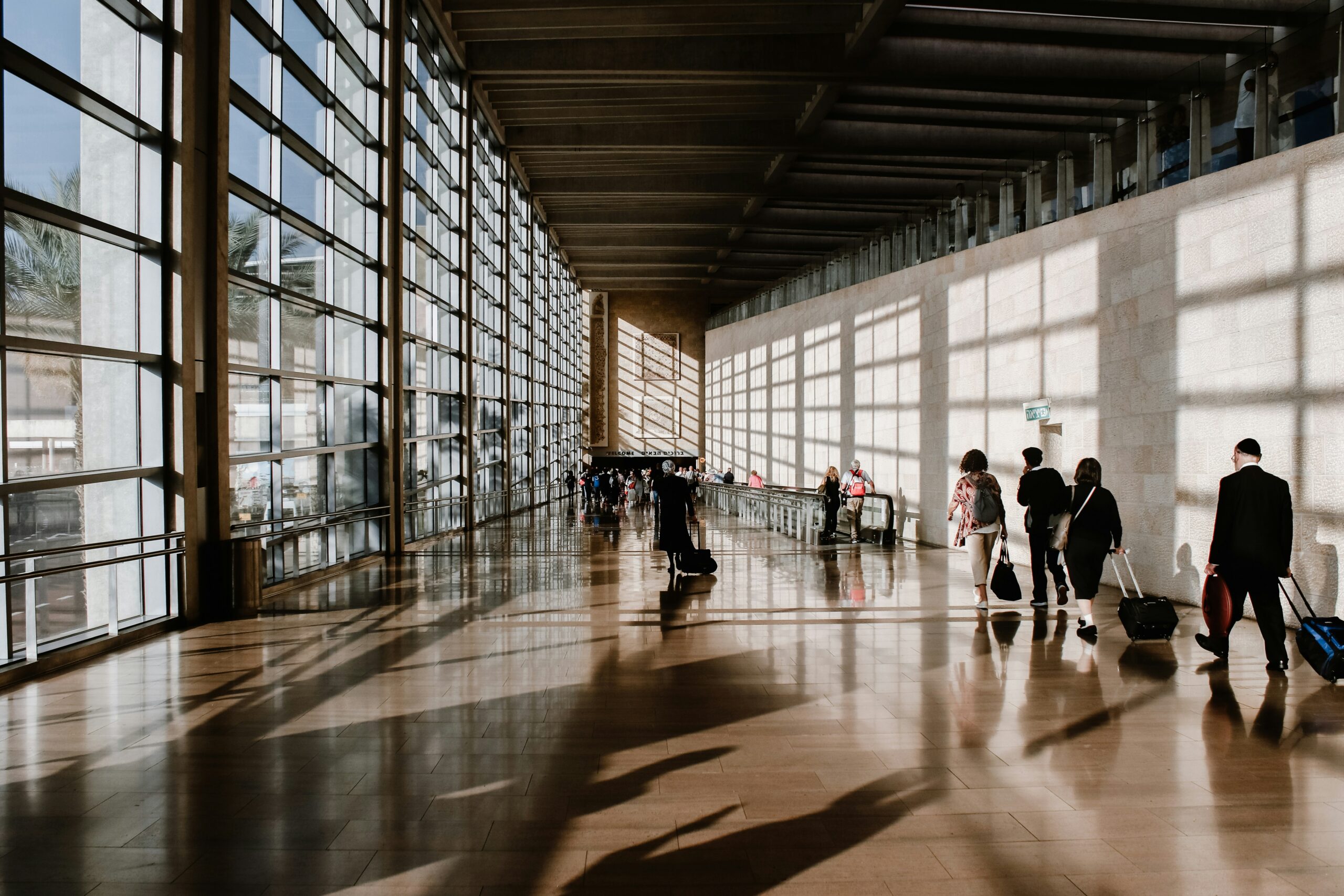The launch of the New Distribution Capability (NDC)
standards by the International Air Transport Association (IATA) in 2012 was intended
to “modernize airline retailing.”
The idea was that instead of selling seats, airlines
would create
dynamically-generated product offers in response to market conditions
and shopping patterns. Booking classes and fare filing would disappear, and the
ticket, passenger name record and electronic miscellaneous document would be merged
into a single record (the offer).
Yet orders and offers are only half of the retail
story. Airlines also need to consider settlement, meaning paying everyone who needs
paying, and delivery—actually fulfilling what the traveler has paid for.
Speaking at a recent Amadeus Altitude event on the order,
offer, settlement and delivery (OOSD) journey, Tom Gibson, principal architect of
IT for United Airlines, said that carriers
need to take a leaf out of the book of the world’s best retailer.
Subscribe to our newsletter below
Amazon is “king of delivery,” he said, not just
because it consistently ensures packages arrive but “they
also give you the ability to track your package all the way from your purchase
till it hits your doorstep.”
To be true retailers, airlines need to embrace an end-to-end
experience.
“We need to be able to better track the fulfillment of
everything in the order,” Gibson said.
“It could be as simple as purchasing a
beverage on a flight or something a bit more complicated like an interline
connection between United from San Francisco to Singapore and on to Singapore
Airlines to Kuala Lumpur. We need to be
able to track the fulfillment of these orders across multiple providers, whether
it be an airline or whoever somebody wants to partner with, be it food delivery
or concerts or whatever the airline wants to do.”
Amadeus, one of
the big players in the passenger service systems (PSS) that airlines currently
use for the latter part of the customer journey, is banking on airlines
adopting OOSD and its Nevio system aims to eventually supersede its Altéa and
Navitaire platforms.
Improving traveler experience
Amadeus sees OOSD as a way of providing carriers with
a single, real-time view of operations that can greatly simplify the traveler
experience.
“Historically there are
a lot of silos in airlines, so we are moving from a model [that] historically
has been very much sequential to a model where we see the entire process much
more as a continuum,” said Cyril Tetaz, Amadeus’ executive vice president of airline solutions at the Altitude event.
“But what’s important is when you are in the delivery
period, you will still need to be able to go back potentially to mobilize offer
capabilities and order capabilities.”
The move to OOSD could revolutionize airports, the
company believes, by making document checks digital.
“Technically, there is no reason to
maintain a check-in window,” Tetaz said.
“You do need an identity check, so you will probably
need a token to be able to recognize that that person has purchased a service
and is entitled to that service, with his name and whatever proof of identity
that is necessary. You don’t need a boarding pass to do that.”
With slow progress on NDC, what is the likelihood of
industry-wide standardized service and delivery being adopted soon?
We want to make sure that the traveler, the one that is actually sitting on every flight, has the best experience possible.
Puck Voorneveld, Lufthansa Group
The introduction of
the new NDC standards will help the transition not just to offers and orders, said
Henry Harteveldt, president of Atmosphere Research.
“Everyone in the
industry was counting on a better economic climate than we have right now, and
I’m sure a lot of airlines are a little wary of spending money on new
investment,” he said.
“I think that with the introduction of IATA 24.1 standards and just
a growing understanding of the benefits of what offers and orders can do will
help.”
Puck Voorneveld, senior director
of distribution and payment transformation at Lufthansa Group, said its about keeping the passenger in mind.
“We want to make sure that the traveler, the one that is actually
sitting on every flight, has the best experience possible, better transparency
on what he or she buys, personalized offers and greater flexibility but also
this end-to-end servicing experience that works for them,” she said.
The front end of the OOSD funnel is shaping up nicely
for the group, she said. It aims to reach 50% of agency sales through NDC in
2025 and had its first month selling more than a million tickets via NDC in
March.
Implementing OOSD
Keith Martin, vice president of airline retailing at T2RL, believes that airlines may find that by
solving the offer and order problem, they will also find solutions for the
later part of the journey.
“[Offer and order] is bringing settlement efforts much
earlier in the funnel. You have hugely complex efforts that will be involved in
creating the offer and the actual settlement values will already be in there. Once
it gets down to settlement, there should already be a lot of simplification of
the processes there are today,” he said.
T2RL’s president of distribution, Ian Luck, said that
contract renewals will drive adoption.
“If an airline knows their PSS contract comes up in
2026 or 2027, they feel they must think about it now,” he said.
Many carriers will implement OOSD through a more modular
approach.
“Some airlines will buy nearly everything,
at least to begin with, from one supplier but will maybe have the option to add
bits and pieces as they go,” Luck said.
“There are already cases where airlines have an
element of modularity. The core PSS is a monolith, but airlines have plugged
bits on top. If they run a holidays business, for example, it’s a separate
offer engine.”
The legacy translation layer will be everything and this is a huge, important piece that needs to be in place. It has to be able to cope with the messaging from both sides of the new technology versus legacy messaging.
Keith Martin, T2RL
Lufthansa Group’s Voorneveld said, “I think what’s
most important from our perspective is that modular pieces are built on an
industry standard base and can be interchanged between providers.”
In the interim before OOSD is widely adopted, the
industry will need to build bridges. Amadeus Nevio, for example, includes
adapters to allow airlines to access some of the benefits of modern retailing
while still using the PSS as a system of record. Accelya, meanwhile, has started offering FLX
ONE Open Connect, which provides a bridge to legacy passenger service systems
and allows airlines to upgrade to OOSD at their own pace.
Sabre, meanwhile, laid out its offer-order strategy last year when it unveiled its Mosaic retailing platform.
“The legacy translation layer will be everything and
this is a huge, important piece that needs to be in place. It has to be able to
cope with the messaging from both sides of the new technology versus legacy
messaging,” T2RL’s Martin said.
Suppliers will also need to listen to their partner
airlines, said Josh Rogers, head of airport customer service at Cathay Pacific, at
the Amadeus Altitude conference.
“I think gone are the days where IT providers can
just build a system, put it on the market and expect airlines or customers to
just buy it and customize it. I think the more we cocreate together as an
industry, the better the outcome will be,” he said.
And it requires patience.
“Retailing is not something that will be done quickly,” Harteveldt said.
“This is going to be a
long-term evolution. It took the industry 20 years to completely embrace e-tickets.
Not every airline has the same financial resources, the same access to
technology, the same level of staffing.”
Ultimately, airlines believe OOSD will drive revenue.
“Every company in the end is looking at optimizing
their bottom line,” Voorneveld said. “We have a firm belief if we can provide a
stellar retailing experience end-to-end—regardless of whether they buy it in a
partner channel or through our own dot-com—if they have a good experience, they
are more likely to buy a ticket again.”







